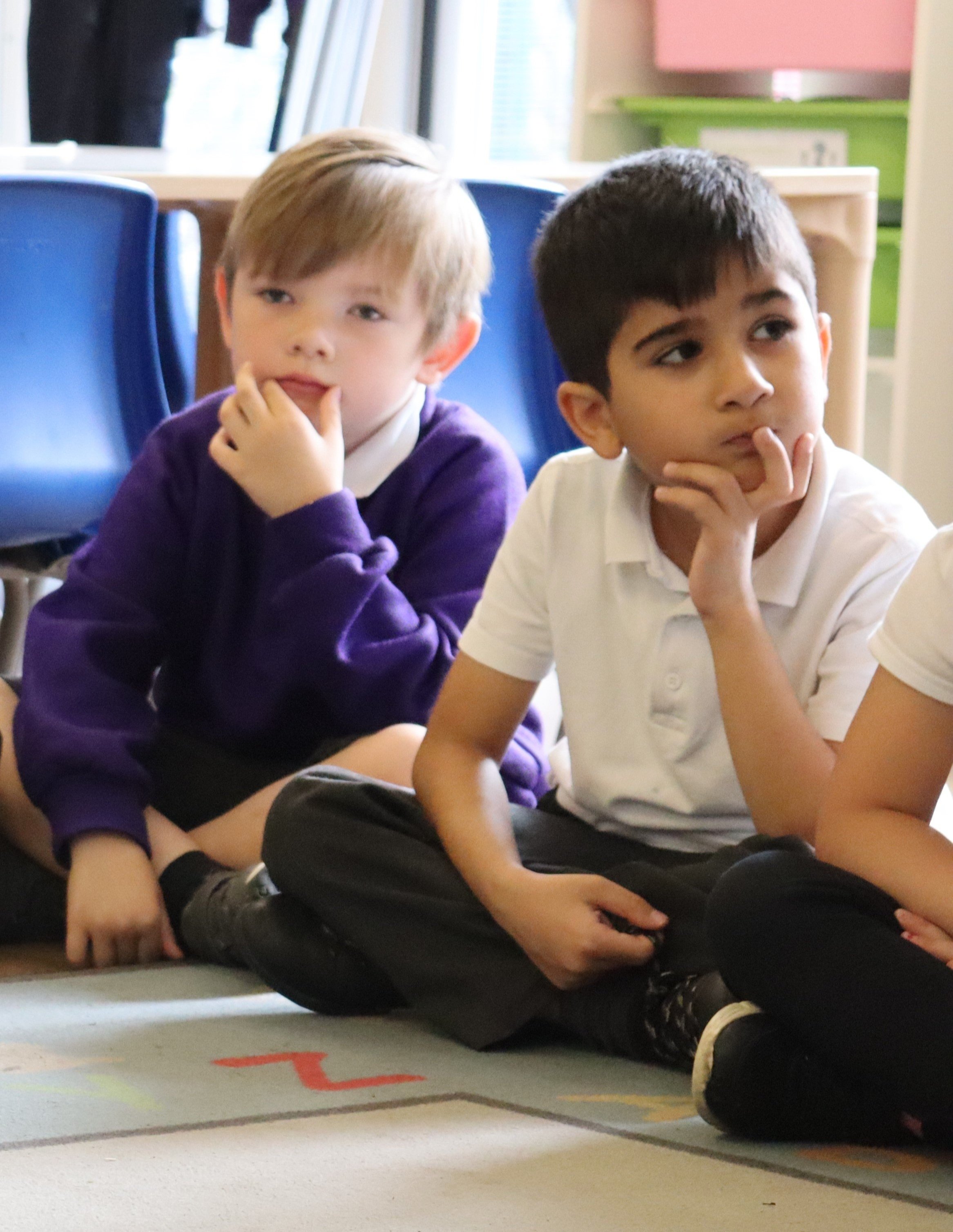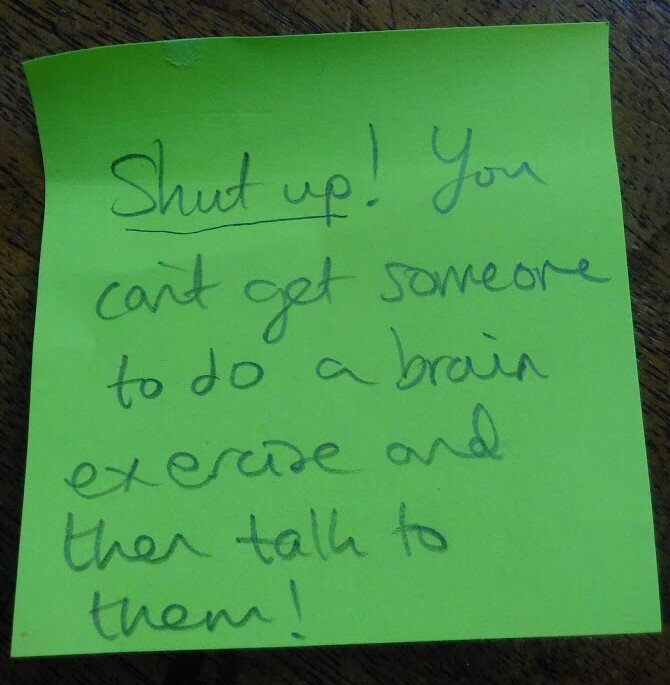“When we want a child to initiate talk, or take a turn, we need to wait.”
If you provide thinking time,
more pupils will speak,
they will say more, and
what they say will be higher-quality.
Robert Stahl’s 1994 paper Using "Think-Time" and "Wait-Time" Skillfully in the Classroom is now thirty years old but is still so relevant. I love the way he breaks it down – suggesting that there are eight moments in lessons when silence can be valuable.
There’s also a page all about thinking time, and much more besides, in my book 100 Ideas for Primary Teachers: Oracy.

“The concern is to provide the period of time that will most effectively assist nearly every student to complete the cognitive tasks needed in the particular situation. ”
“Exposure to longer wait times is as useful to talented students as it is to lesser achieving youngsters.”
My top three strategies to make sure every pupil speaks during whole-class learning
Creating the conditions for productive dialogue online, just as we would in the classroom.
Simple-yet-effective techniques to get three year olds talking and keep them focused.
A book which will deepen your understanding of the power of listening.
Examples of what staff decided to do differently, after reading pupil voice about talk in their classrooms.
I’ve noticed it’s useful to provide Pupil Talk Prompts that enable them to ask for thinking time or help.
Lolly sticks are a really simple way to randomly select children, but like anything they need to be used properly.
Over the past few months I’ve been asking teachers whether they think P4C has changed them.
Pupil Voice is an important part of my Talk Audits; here are some recent responses when I asked Key Stage 2 children their opinions about Hands Up…
My provocation at Challenge Partners Conference, Blackpool, October 2016: What is more important: developing curiosity or measurable academic progress?

















